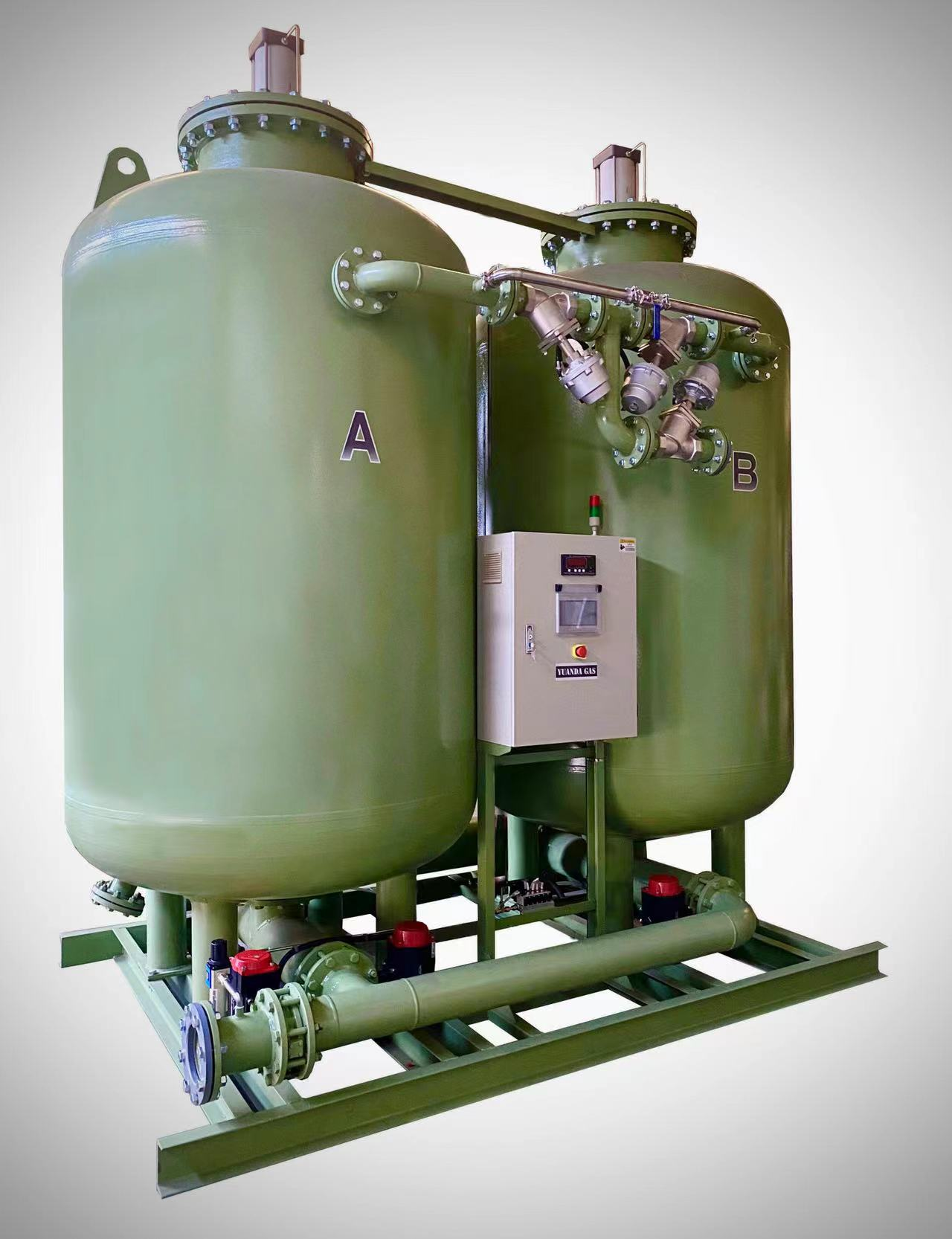công nghệ tách khí vpsa
Công nghệ tách khí VPSA (Vacuum Pressure Swing Adsorption) đại diện cho một giải pháp tiên tiến trong các quy trình làm sạch và tách khí công nghiệp. Hệ thống hiện đại này hoạt động bằng cách sử dụng các vật liệu hấp phụ chuyên biệt có khả năng chọn lọc và bắt giữ các phân tử khí cụ thể dưới điều kiện áp suất khác nhau. Quy trình bao gồm hai giai đoạn chính: hấp phụ dưới áp suất cao và thoát khí dưới điều kiện chân không, tạo ra chu kỳ liên tục để tách hiệu quả các hỗn hợp khí thành các thành phần riêng lẻ. Công nghệ này sử dụng nhiều bình chứa có sàng phân tử hoặc than hoạt tính, hoạt động cùng nhau để đảm bảo vận hành không gián đoạn. Các hệ thống VPSA đặc biệt hiệu quả trong việc sản xuất oxy độ tinh khiết cao từ không khí môi trường, đạt mức nồng độ lên đến 95%. Sự linh hoạt của công nghệ này mở rộng sang nhiều ứng dụng khác nhau, bao gồm cung cấp oxy y tế, sản xuất khí công nghiệp và các quy trình bảo vệ môi trường. Điều làm cho VPSA nổi bật là khả năng vận hành liên tục đồng thời duy trì mức độ tinh khiết khí ổn định, nhờ vào hệ thống kiểm soát tinh vi và thiết kế tiết kiệm năng lượng. Công nghệ này đã chứng minh giá trị đặc biệt trong các ngành công nghiệp cần khả năng tách khí tại chỗ đáng tin cậy, cung cấp một lựa chọn kinh tế hơn so với phương pháp tách lạnh truyền thống.


